Child physiotherapy plays a crucial role in promoting the overall development and well-being of children with autism. Autism spectrum disorder (ASD) is a neurodevelopmental condition that affects a child’s social communication skills, behavior, and sensory processing. While there is no cure for autism, physiotherapy can significantly improve a child’s motor skills, coordination, and physical abilities.
Symptoms of Autism
Autism symptoms can vary widely, but some common signs include:
- Delayed or limited speech development
- Difficulty with social interactions
- Repetitive behaviors or restricted interests
- Sensory sensitivities
- Motor coordination difficulties
Role of Physiotherapy
Physiotherapy focuses on enhancing a child’s physical abilities, motor skills, and coordination. It includes various techniques and exercises tailored to the specific needs of each child. Some key benefits of physiotherapy for children with autism include:
- Improving gross motor skills, such as walking, running, and jumping
- Enhancing balance and coordination
- Increasing muscle strength and flexibility
- Addressing sensory integration issues
- Improving body awareness and spatial orientation
Treatment Approaches
Child physiotherapy employs a range of techniques to address the unique challenges faced by children with autism. These may include:
- Therapeutic exercises and activities
- Motor planning and coordination exercises
- Balance and proprioceptive training
- Hydrotherapy or aquatic therapy
- Sensory integration therapy
It is important to note that physiotherapy should be integrated into a comprehensive treatment plan that also includes other therapies, such as speech therapy, occupational therapy, and behavioral interventions.
In conclusion, child physiotherapy is a valuable tool in supporting the development and physical well-being of children with autism. By addressing motor challenges and enhancing physical abilities, it can help children with autism lead more independent and fulfilling lives.




